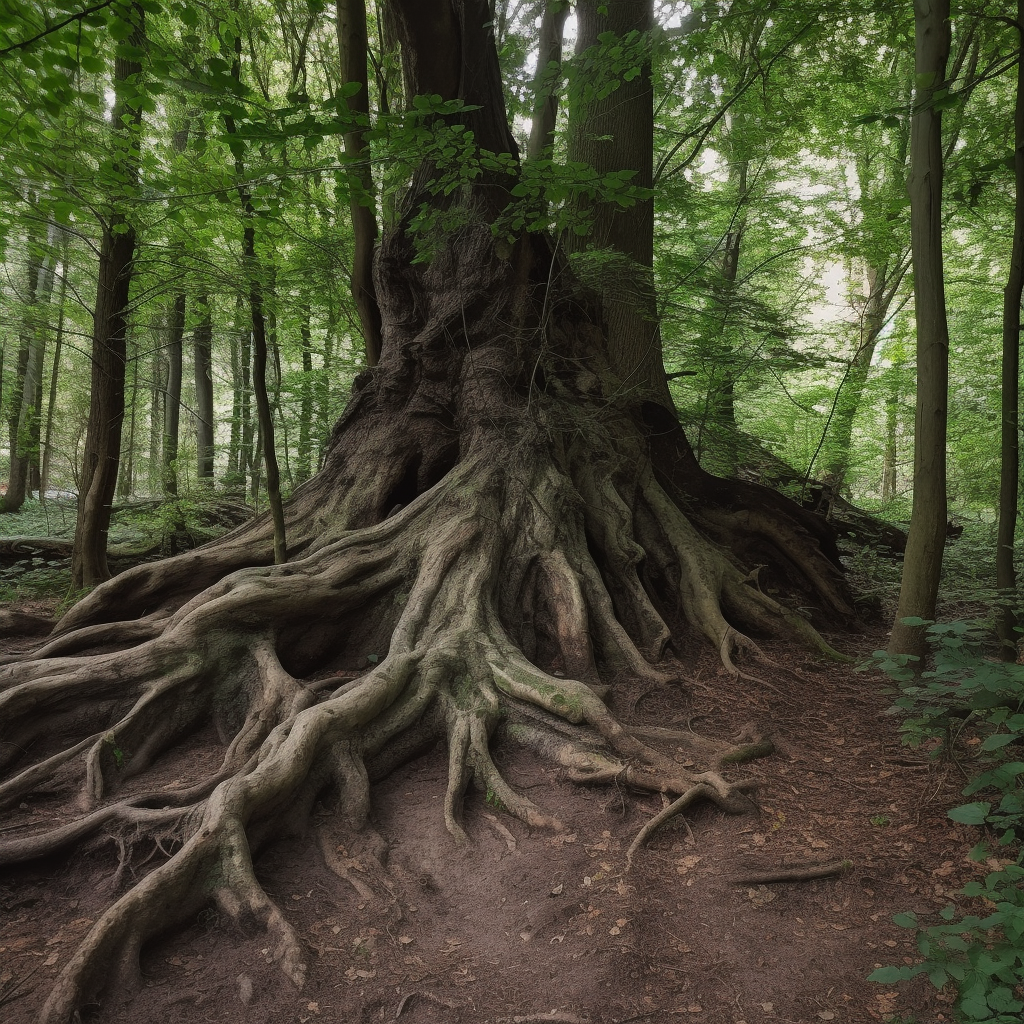April 24, 2023
An Important Strategy in the Fight Against Climate Change Is Preserving Old-Growth Forests
Book a Demo
Old-growth forests are an essential tool in addressing climate change, as they store more carbon than younger forests. However, these forests are under threat from development, which jeopardizes their ability to store carbon and provide habitats for threatened species.
In addition to their ecological importance, old-growth forests also support local economies through tourism and recreation. Conservation agreements, forest certification programs, and restoration projects are all important tools to protect old-growth forests. However, public awareness and advocacy are also essential in preserving these valuable ecosystems.
The U.S. government has proposed new protections to safeguard old forests, which are under threat from climate change. These protections would conserve these forests and the species that rely on them, while also storing carbon and mitigating the effects of climate change.
This plan is part of a larger effort to protect 30% of U.S. lands and waters by 2030. By safeguarding old-growth forests, we can help address climate change, protect threatened species, and support local economies. These protections are a critical step towards ensuring the long-term health and sustainability of our forests and the planet as a whole.
Old-growth forests play a vital role in addressing climate change, and it is imperative that we protect them. By utilizing conservation agreements, forest certification programs, and restoration projects, as well as public awareness and advocacy, we can ensure the long-term health and sustainability of these valuable ecosystems. The proposed protections by the U.S. government are a significant step towards achieving this goal and should be supported by all.



